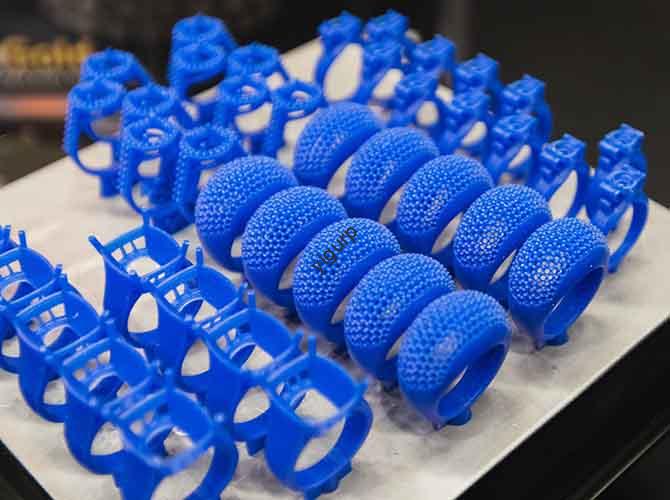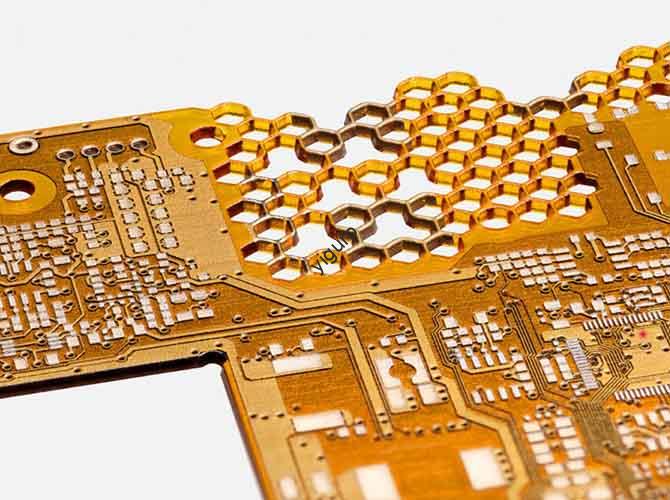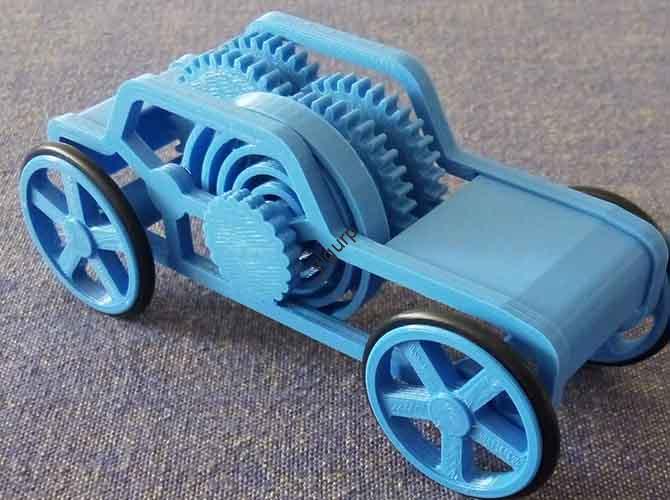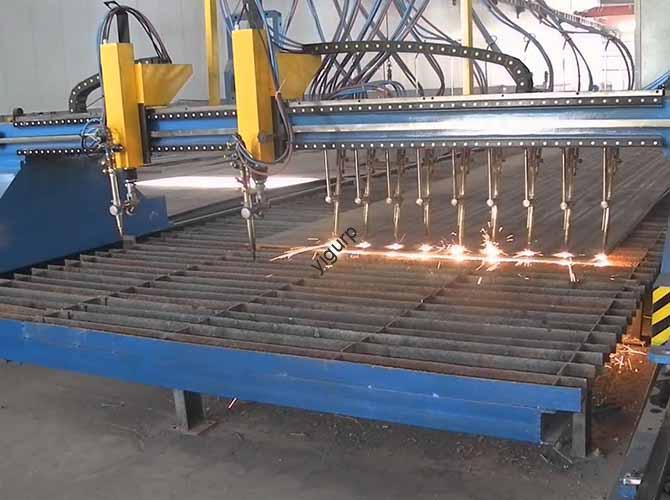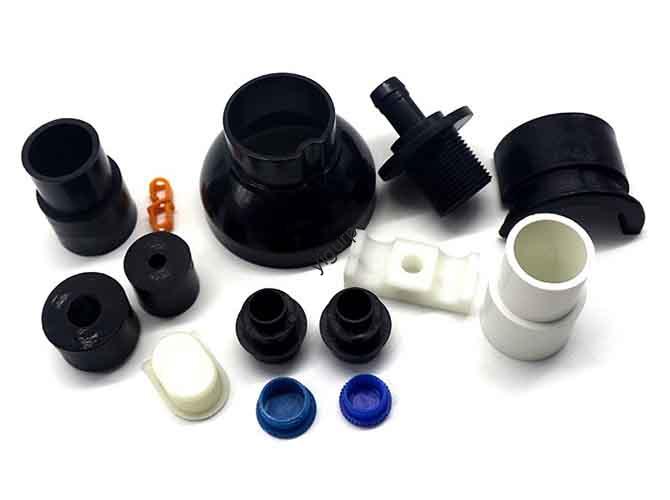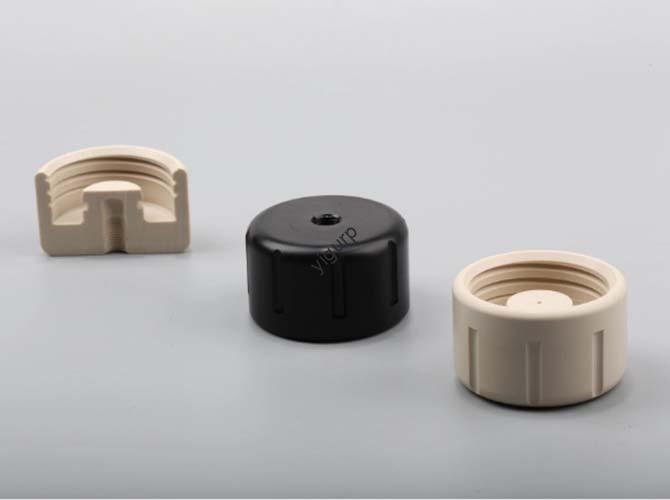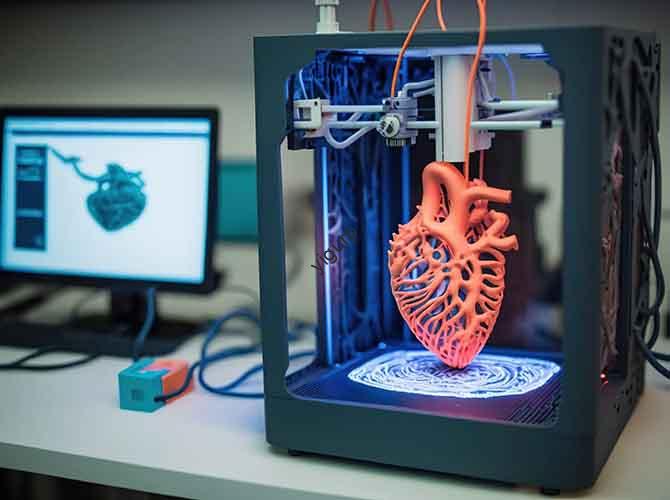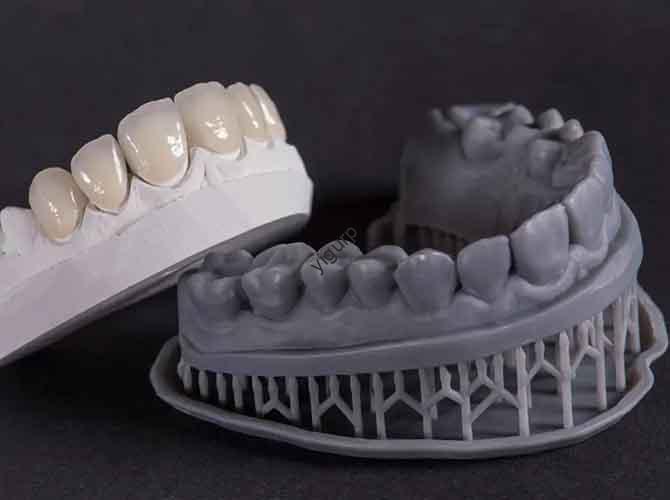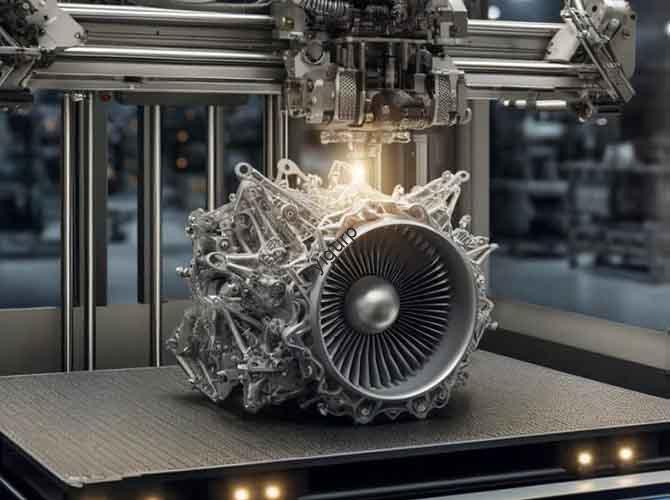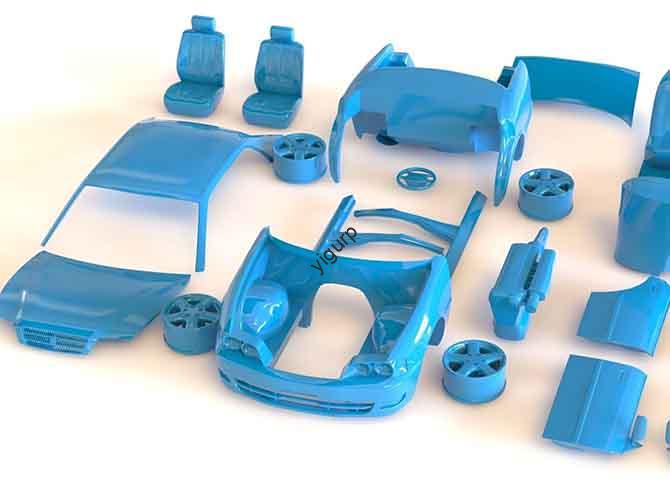Product Development and Prototyping – From Idea to Market-Ready Design
Introduction The journey from a basic idea to a real, market-ready product is the biggest challenge for any innovator. It’s a path full of uncertainty, technical problems, and financial risks. The main problem isn’t a lack of ideas, but a lack of a clear, organized process to bring them to life. This guide provides that […]


